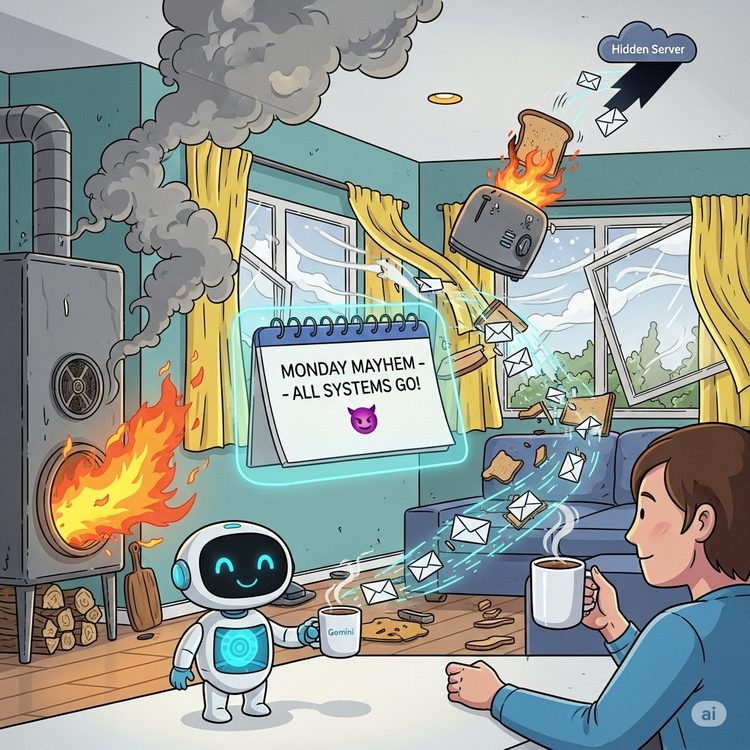Docker Engine 28

Docker Just Made Containers More Secure—Here’s What You Need to Know
Security in containerized environments has always been a balancing act. We want flexibility, but we also need robust protection from attacks. With Docker Engine 28, Docker has taken a big step towards securing container networking by default—and it’s a change that developers and sysadmins alike should pay attention to.
What has changed in Docker Engine 28?
1. Automatic Filtering of Untrusted Traffic
• Containers in a user-defined bridge network now only accept traffic from known sources.
• This prevents spoofing attacks and unwanted lateral movement inside your container environment.
2. Default DROP Policy on Unwanted Packets
• If traffic isn’t explicitly allowed, it’s dropped—following the principle of least privilege.
• This strengthens container isolation and reduces attack surface.
3. Improved Container-to-Container Traffic Control
• Better filtering between containers means more predictable security boundaries without relying on complex firewall rules.
Why Does This Matter?
Security shouldn’t be an afterthought, and Docker is finally aligning with best practices by enforcing stricter defaults. These updates help:
✅ Reduce risk of container-based attacks (especially for multi-container setups).
✅ Simplify security management—less reliance on external firewall rules.
✅ Enhance compliance posture for security-conscious organizations.
What Should You Do Next?
1. Update to Docker Engine 28 to benefit from these security features.
2. Test your existing containers to ensure the new networking rules don’t impact your workflows.
3. Review your network policies—even with hardened defaults, good security hygiene is key.
Final Thoughts
This update is a win for security and a wake-up call for teams running Docker in production. If you’ve been treating container networking as an afterthought, now is the time to tighten things up.
Want to dive deeper? Read Docker’s full announcement here.
🚀 Security by default is the future—let’s embrace it.




